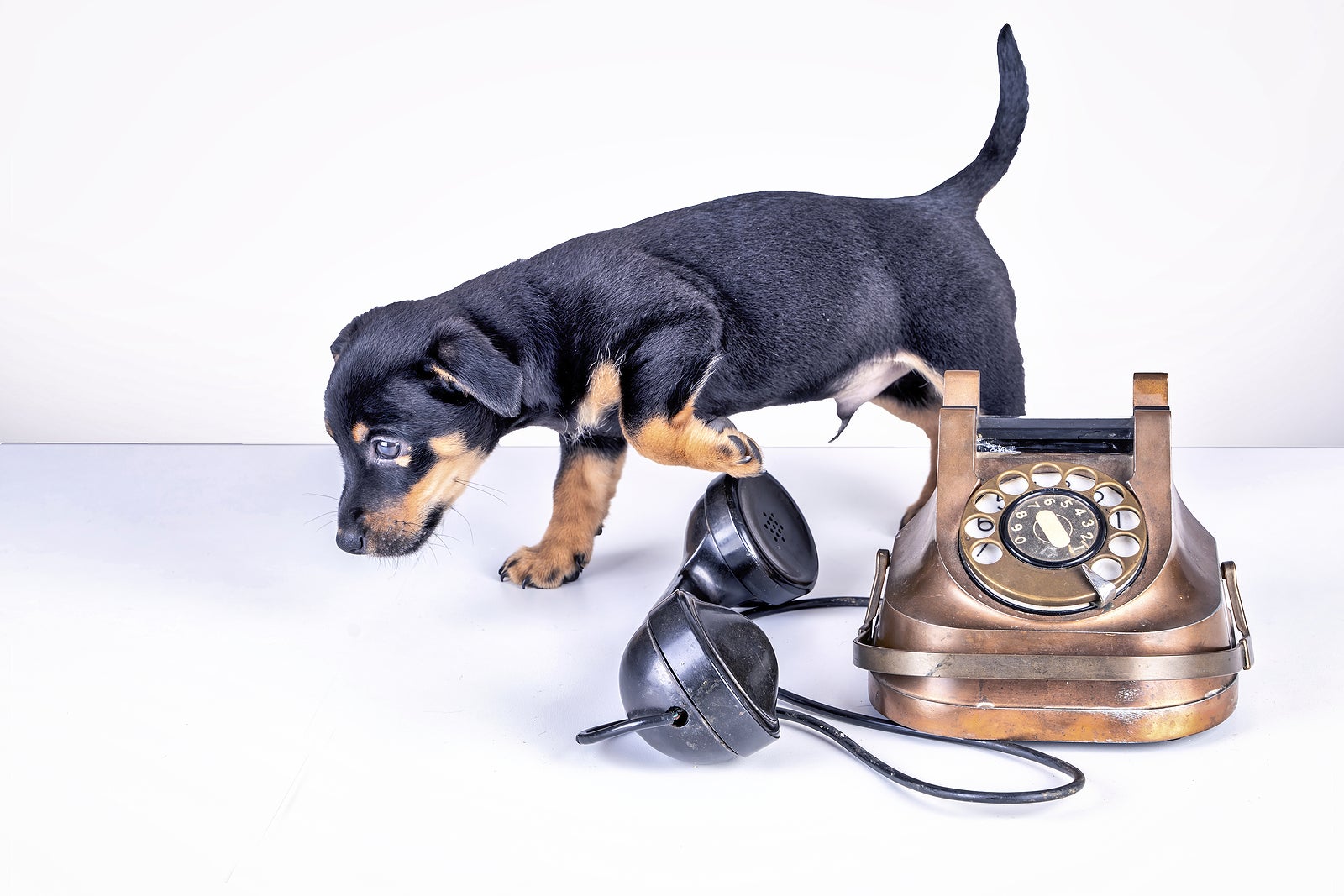
In 2021, the average phone call is a spam message. America is the 8th most spammed country in the world, receiving nearly 46 billion robocalls every year. Spammers target the US because they know they can make roughly $375 per American in phone scams. Being inundated with such calls has caused 90% of people to stop answering on unknown numbers entirely.
The overabundance of spam isn’t only a problem for customers. Spam callers damage legitimate businesses as well. Since 2017, spammers have been able to spoof real phone numbers to make their lies more convincing. When phone carriers catch these numbers in their spam numbers, they flag the number as “scam likely.”
Despite good intentions, the current algorithm flags thousands of legitimate business calls as spam every day. The algorithm looks for high volume of calls, customer complaints, and lead blocking to determine the nature of a phone call. Any one of these factors can be wrongly applied to a regular business.
Enter new regulations. The STIR/SHAKEN revolution will restore trust in phone communications. The revolution goes back to the TRACED Act, which became law in March 2020. In June 2021, STIR/SHAKEN implemented new caller ID authentication to combat spoofing and robocalls. All service providers are required to follow the updated standards.
How does STIR/SHAKEN work? Every time a business places an outbound call, the phone carriers send their number into a system for authentication. Authentication can assign the call one of three ratings. A for full is the best rating, as it means both customer and number are verified. B for partial is a step down, since it means that the customer was verified but their number was not. C for gateway is the worst rating. C means the call origination was not authenticated.
After assigning a rating, caller ID will show if a caller is verified or likely spam on the receiver’s end. The higher attestation levels are meant to improve customer trust. They allow legitimate businesses to be verified and spoof numbers to be traced.
Selling products and services over the phone is a game that will change in the wake of new regulations. Cloud based power dialers and sales acceleration platforms are ready to comply with the updated rules. They can help companies attain A-level attestation quickly and easily. They require no complex setup, upfront fees, or ongoing contracts. Just confidence.

2725 Views












